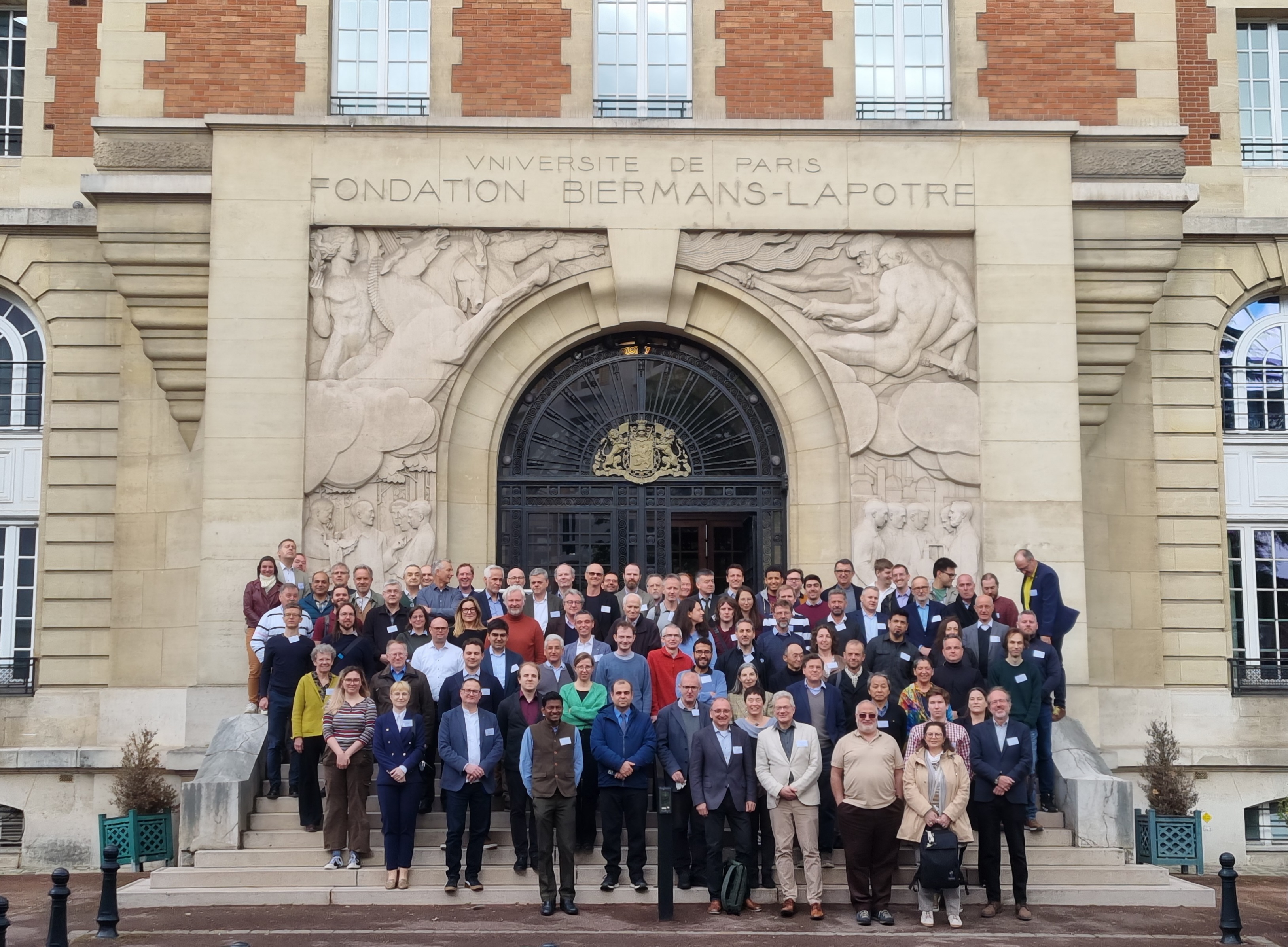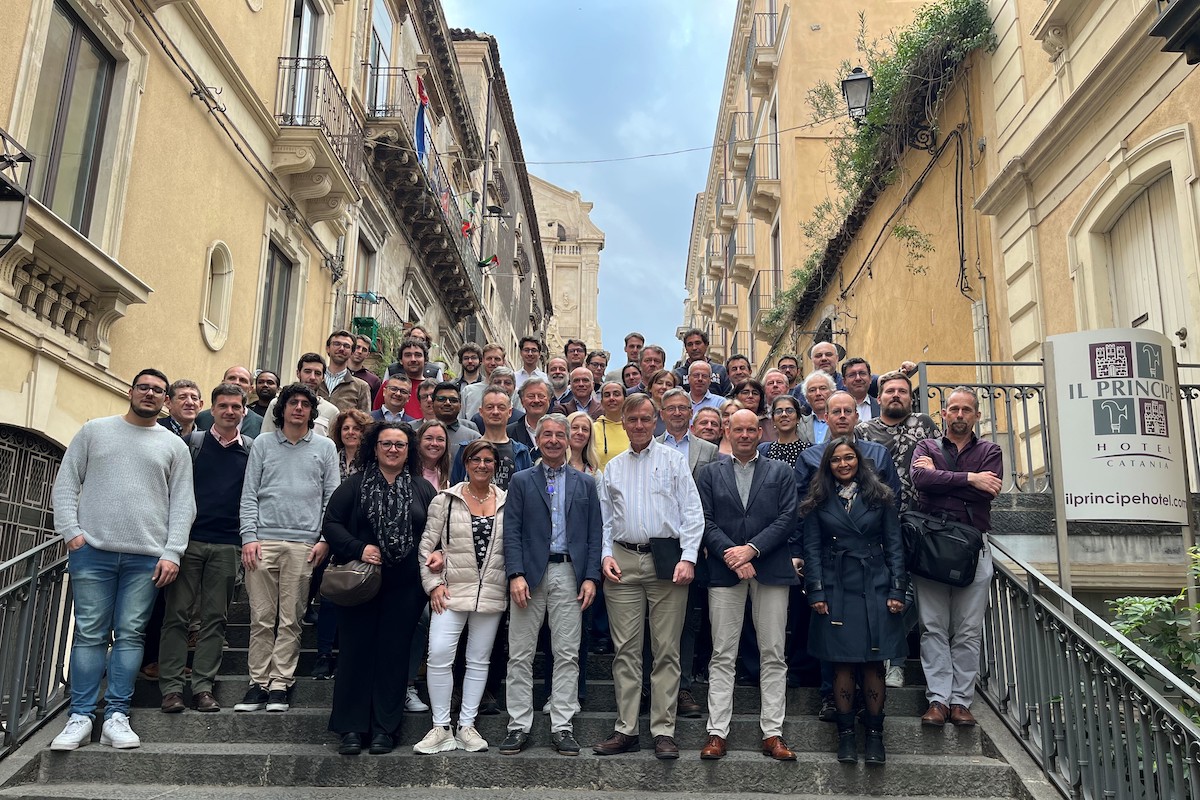
HEARTS holds first annual meeting and welcomes new member
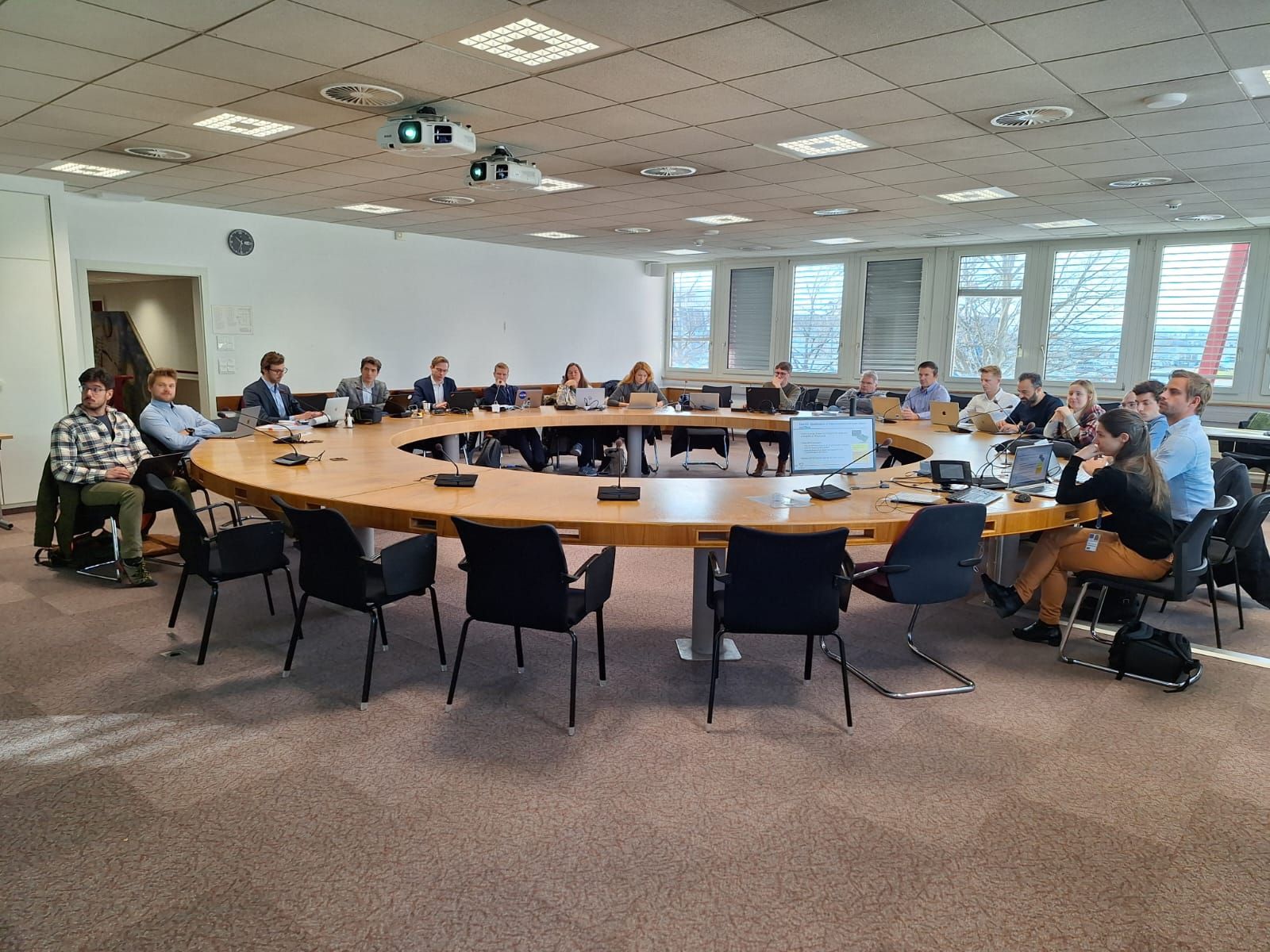
Funded under Horizon Europe, the HEARTS project, that aims at providing access to high-energy heavy ion radiation testing facilities for space exploitation and space exploration, held its first annual meeting at beginning of February 2024. In a hybrid format, the meeting was attended by representatives from the five beneficiaries, the European Commission and two external expert reviewers. HEARTS also welcomed a new member, Cosylab, who joined the project thanks to the Hop-On Facility programme.
The meeting covered various topics related to HEARTS’ ongoing and future activities, such as the upgrade of the HEARTS@CERN facility, the development and characterization plans of GSI’s Galactic Cosmic Ray simulator, and the collaboration with other international partners. In an introductory talk, Markus Brugger, leader of the Experimental Areas group at CERN, and former CERN R2E project leader, went back to the history of radiation to electronics tests at CERN, from the first ideas at the beginning of the century to the construction of a dedicated facility at CERN in the East Area, namely the CHARM mixed-field facility.
One of the highlights of the meeting was the presentation of the results of the heavy-ion campaign at CERN in October 2023, which demonstrated the suitability of the developed beams and related services for high-energy heavy ion testing, in accordance with the radiation effects user requirements. The campaign was a success, as the tests showed very promising results that will further prepare the facility and its beams in order to accommodate radiation effects users from October 2024.
Rubén García Alía, HEARTS Project Coordinator, expressed his satisfaction with the project’s achievements and praised the cooperation and dedication of all the members. He also welcomed Cosylab as a new project beneficiary and said he is looking forward to working with them on improving the user interface to the experiments. He said that HEARTS is a successful example of how European institutes, industry and academia can work together to boost Europe’s research infrastructure competitiveness, thus ensuring European strategic autonomy.
The annual meeting will be followed in a couple months by the Period 1 Report, which will summarise the activities and achievements in the past year and a half, as well as its plans and objectives for the next year.
Open access to JRC research infrastructures
The JRC is opening its laboratories for experimentation and training purposes to the public and launched recently calls in the Science Hub Portal.
See Webpage.
HEARTS innovates to foster European access to space
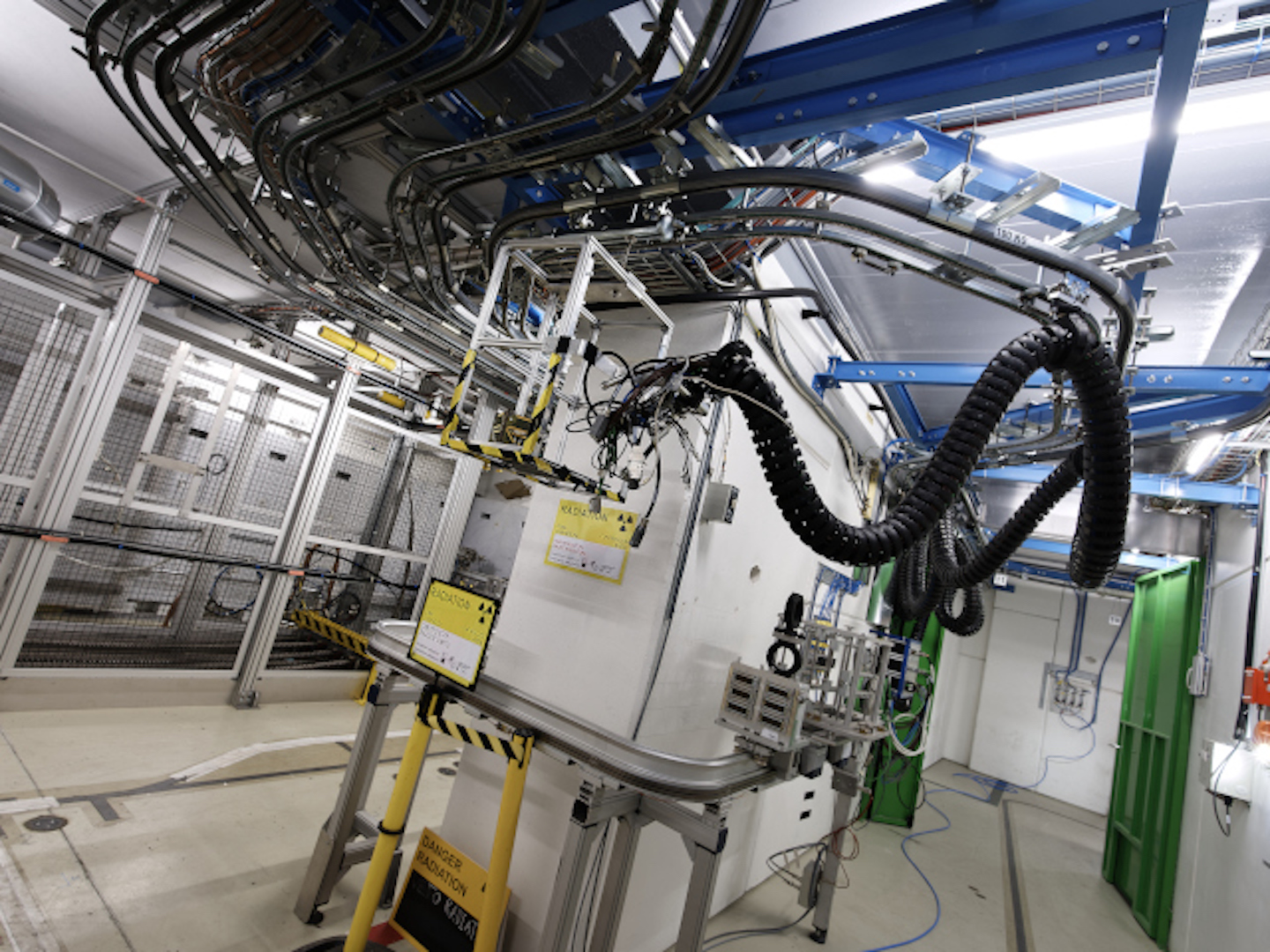
HEARTS will equip the CHARM heavy ion facility, located at CERN, to meet the needs of the space community for the radiation effects testing of electronics components and systems. (Image: CERN)
The HEARTS project will provide two new radiation-testing facilities for space applications, one at CERN and one at GSI in Germany. The project started in January and will allow the testing of high-end microelectronics technology for novel space applications and for shielding and radiobiology experiments that will foster human space exploration.
Artificial intelligence, quantum technologies, advanced computing, deep space missions... Projects for new advanced space applications are many and varied. To carry them out, it is essential to use highly advanced radiation-resistant electronic devices and to acquire decisive knowledge of shielding properties and radiobiology for astronauts going to the Moon and beyond. Capable of mimicking the effects of highly penetrating radiation in space, very high-energy (VHE) ion beams are now commonly used to qualify advanced electronics for use in space, shielding and radiobiology testing. However, no such facilities tailored specifically for space applications exist anywhere in Europe.
Funded under the Horizon Europe programme, HEARTS (High-Energy Accelerators for Radiation Testing and Shielding) aims to develop and establish a European infrastructure for research and industrial access to high-energy heavy ion facilities to study radiation effects in electronics, shielding and radiobiology. For this purpose, it will upgrade two VHE ion facilities at CERN and GSI and provide access to space industries and academia on a routine basis.
HEARTS will be instrumental to ensuring Europe’s autonomous access to space. With VHE ion facilities available in Europe, European companies will be less dependent on facilities elsewhere. By the end of the project in 2026, HEARTS will enable Europe to fulfil the current demand for VHE ions with ease and to meet the increasing demand foreseen by the end of the decade.
The project is coordinated by CERN, in partnership with GSI as the main high-energy ion accelerator infrastructures. The University of Padua is an academic partner, and Thales Alenia Space and Airbus Defence and Space are industrial partners. All have extensive experience in the field of radiation effects and a strong interest in VHE ion testing.
HEARTS is a project funded by the European Union under Grant Agreement No 101082402, through the Space Work Programme of the European Commission.
Follow the project on LinkedIn.
MuCol - A Design Study for a Muon Collider complex at 10 TeV centre of mass
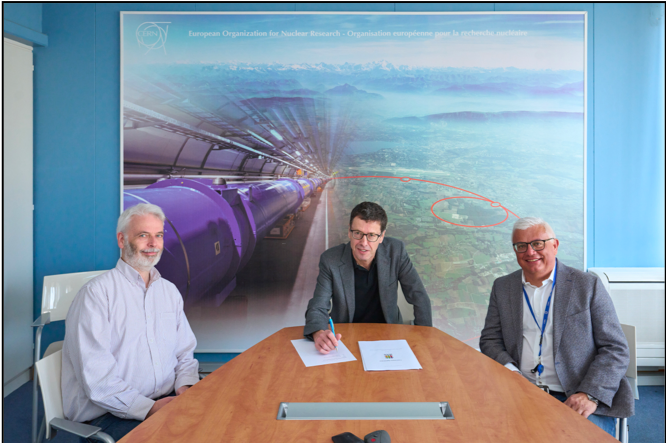
The signing of MuCol consortium agreement was handled by Mike Lamont (in the centre of the picture below), Accelerator and Technology Sector Director, Daniel Schulte (on the left), MuCol Project coordinator and Roberto Losito (on the right), MuCol Technical Coordinator. (Credit: MuCol).
Muon colliders can reach centre-of-mass energies of tens of TeV with high luminosity, and they also allow accurate tests of the Standard Model at extremely high energy, offering opportunities to detect new physics indirectly and to confirm and to characterise direct discoveries. However, a number of technical challenges must be overcome in order to realise a muon collider.
Funded by the European Union, the MuCol programme will address the core of these key challenges. Started in March 2023 for a duration of four years, this design study will look at the muon collider facility using a holistic approach, from muon generation to collision, including the interaction regions and the background to the experimental detectors, and will explore the associated technologies. The consortium comprises 32 institutes out of which 12 are beneficiaries and 20 associates.
The facility design should demonstrate that:
- the physics case of the muon collider is sound and detector systems can yield sufficient resolution and rejection of backgrounds;
- there are no principle technology showstoppers that will prevent the achievement of a satisfactory performance from the accelerator or from the detectors side;
- the muon collider provides a highly sustainable energy frontier facility as compared to other equivalent colliders;
- exploiting synergies with other scientific and industrial R&D projects, it is a valuable platform to provide Europe a leading edge not only in terms of discovery potential, but also for the development of associated technologies.
On area of synergy is magnet design, and in particular the muon target solenoid. In order to reach the very high fields (20T) required by the muon beam while keeping a high efficiency, the Consortium is looking at high-temperature superconducting cables inspired by those developed for advanced thermonuclear fusion reactor concepts [1].
The identification of the cost and power consumption drivers will enable determination of the cost and power consumption scale. This will allow the next European Strategy for Particle Physics Update (ESPPU) process to make informed choices for the selection of the next large collider to be built in Europe.
[1] Z. Hartwig, et al. "VIPER: an industrially scalable high-current high-temperature superconductor cable", 2020 Supercond. Sci. Technol. 33 11LT01, DOI 10.1088/1361-6668/abb8c0.
New call released to open up existing projects to underrepresented countries
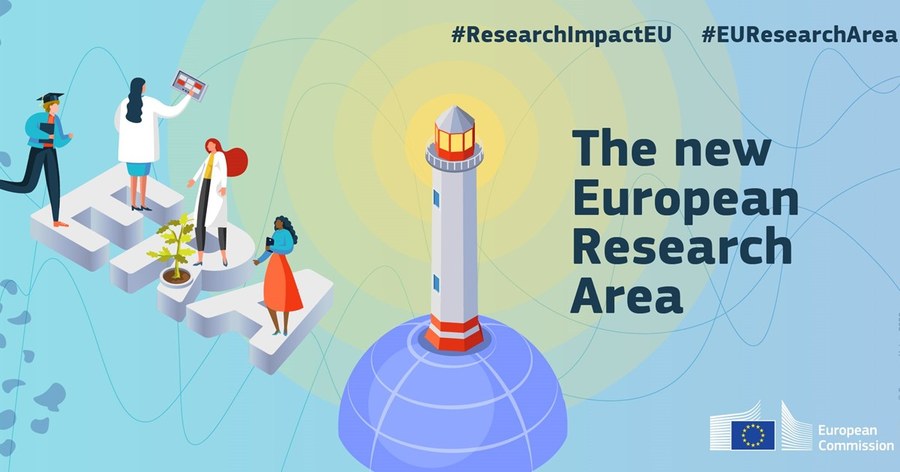
Over the span of your project, you might have thought twice about adding a new beneficiary with key expertise out of fear of paperwork and bureaucracy. Today, a new type of call – the Hop-On Facility– rewards projects that take this commitment.
The Hop-On Facility aims at stimulating the contribution of underrepresented countries to European projects by widening existing consortium. The call allows specific projects to include an additional beneficiary from the following, so-called “widening countries and regions”:
- Member States: Bulgaria, Croatia, Cyprus, Czechia, Estonia, Greece, Hungary, Latvia, Lithuania, Malta, Poland, Portugal, Romania, Slovakia and Slovenia.
- Associated countries (on condition of an association agreement): Albania, Armenia, Bosnia and Herzegovina, Faroe Islands, Georgia, Kosovo, Moldova, Montenegro, Morocco, North Macedonia, Serbia, Tunisia, Turkey, Ukraine.
- Outermost regions are: Guadeloupe, French Guiana, Martinique, Réunion, Mayotte Saint-Martin, The Azores, Madeira, Canary Islands.
On the basis of a joint proposal from the project coordinator and the new beneficiary, the call grants between 100k and 600k euros. This funding is intended to enable the new member to implement its project contribution, and the coordinator to meet the additional administrative and management requirements arising from the extension of the consortium.
The call is solely open to projects funded under Horizon Europe Pillar 2 or EIC Pathfinder actions, and that do not already a participant from these countries. It does not allow to change the main scientific goals of the project, nor extend its duration. However, it allows the original consortium to start additional activities not planned from the beginning and to widen the scope and impact of the project.
Currently, only a few CERN projects are eligible to apply to this call given that the new framework programme only began recently. However, it should be considered for future projects, in particular those contributing to the policy objective of the transition towards a green and digital economy.
The call is open until September 2024 with 2 cut-off dates:
- 28 September 2023
- 26 September 2024
Are you unsure if your project is eligible? Do you have any questions? Contact us at EU.projects@cern.ch
